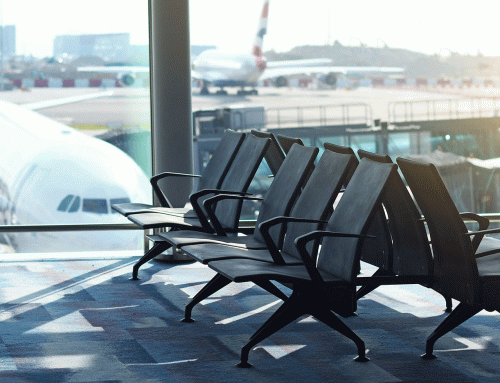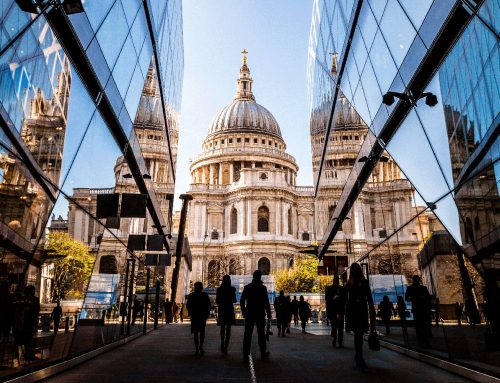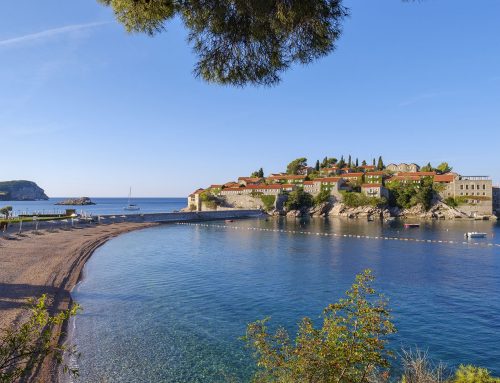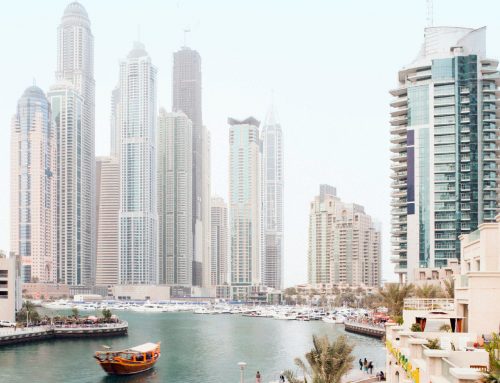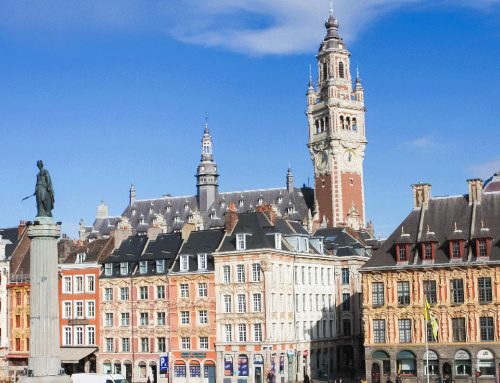Jo Fletcher-Cross, editor of our Travel Trends publications, and our editorial manager at APL Media Limited, takes a look at the up and coming trends that may have flown under your radar
The rise of the Middle East
You might be surprised to learn that, according to a recent World Tourism Organisation (UNWTO) Tourism Barometer, the Middle East is the fastest growing travel region in the world. Flight analyst ForwardKeys also reported that global tourism to the Middle East and Africa region saw double-digit growth last year, with international airline bookings to MEA up by 10.5%. Most Middle East destinations saw very strong growth in airline bookings, though Qatar Airways recorded a slight decline due to a diplomatic row, which saw Bahrain, Egypt, Saudi Arabia and the UAE closing their airspace to Qatar’s flights. International arrivals to Lebanon were up 10% year-on-year, Jordan 12%, Saudi Arabia 10%, Kuwait 22%, Bahrain 1%, UAE 8% and Oman 21%. ForwardKeys attributes the growth to changes to visa regulations in the region, and strong tourism from markets such as China — though travel from the Americas was most increased, at 16%, followed by Europe at 13%.
Creative thinking on overtourism
Most people are aware that some popular destinations are desperately struggling with overcrowding — and while Venice may be closing parts of the city to visitors and Amsterdam is increasing its tourist taxes, other places are experimenting with initiatives that still bring money from tourism but relieve the pressure on heaving city centres. Dubrovnik is launching an app at the end of 2018 which lets users known when the old town is crowded and suggests alternatives sightseeing opportunities; it’s also planning to test a car-sharing scheme to encourage tourists to explore the surrounding areas. Barcelona, meanwhile, is attempting to get visitors to venture out of the centre, working on a joint marketing plan with the Greater Barcelona area. Similarly, New York has launched a campaign that highlights the other four boroughs beyond Manhattan and is promoting events in off-peak times in January and February, such as New York Restaurant Week.
New family dynamics
According to the Office for National Statistics, there are currently around two million single-parent families in the UK — a figure that increased by 15% between 1996 and 2016. Family holiday offers have traditionally been built around two parents and one or two children, but the industry seems to be waking up to the potential of offering packages aimed at lone-parent families. Virgin Holidays launched a new programme for single parents in 2017, with 10 resorts agreeing to a new pricing structure, which offers a reduction for the second occupant in a room if they’re a child. Intrepid Travel, which says it’s seen a 16% growth in family bookings, is offering six new family tours in 2018, which don’t charge more for parents travelling without a partner.
Sailing green waters
Increasing attention is being paid to the environmental impact of cruising — standards for the shipping industry have traditionally been much lower than road or even air transport. Cruise ships mostly run on heavy fuel oil and, according to German environmental association NABU, a medium-sized cruise ship produces the same volume of air pollutants as five million cars travelling the same distance. New legislation coming into force in 2020 from the International Maritime Organisation (IMO) will require cruise ships to reduce their sulphur emissions from 3.5% to 0.5%. Several companies have invested in liquefied natural gas (LNG) powered ships — Carnival Group has increased its investment in LNG and Royal Caribbean will introduce its first fleet of LNG ships in 2022. Alternative power sources are also being explored — Hurtigruten has ordered a pair of hybrid-powered cruise ships, which will use a battery system, Norwegian ferry company Color Line has ordered the world’s largest hybrid ferry and Viking Line is looking into wind power, having installed a rotor sail system on an LNG-powered ship.
Staying at home
Staycations have been on the rise for quite some time and signs show that their popularity will continue. According to Mintel’s British Lifestyles UK 2018 report, 24% of adults said that if they won £1,000 to spend on holidays, they’d spend it all on one or more holidays in the UK. In the same report, 61% of respondents said they don’t see enough of the British countryside, suggesting that many might take the opportunity to explore rural locations closer to home. VisitEngland reported a 3% increase in trips between January and August 2017, with more than 33 million trips taken. Those holidaying at home spent a record £7.9bn in the same period, up 6% on 2016. ABTA’s 2018 Travel Trends Report found that 66% of those questioned were planning a UK break this year — making it the most popular destination overall for holidays in 2018.
Travel Trends is a new portfolio of publications created to provide the travel trade with unique targeted destination and market information. Combining the latest travel industry trends and analysis with an A-Z travel directory highlighting the best places to explore and stay around the world, Travel Trends will be a high-quality publication sent directly to tour operators, travel agents and tourist boards.


